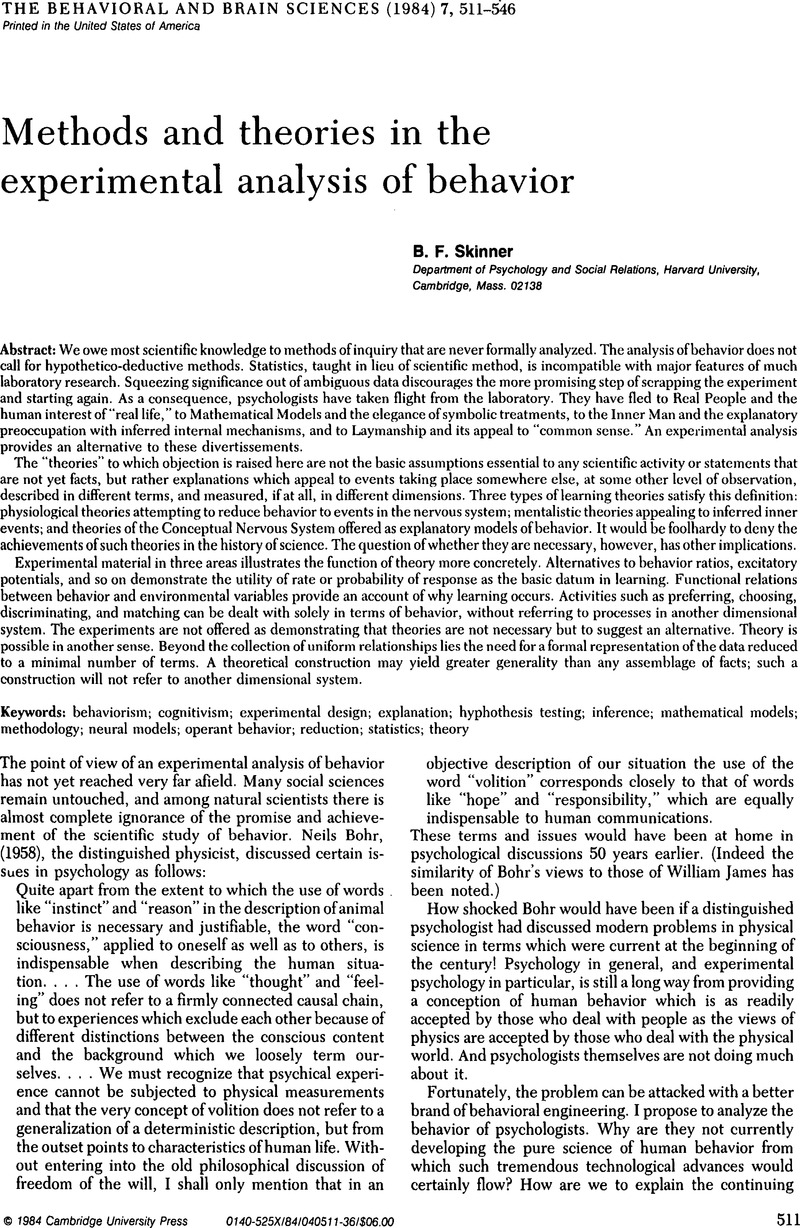Crossref Citations
This article has been cited by the following publications. This list is generated based on data provided by Crossref.
Richelle, Marc
1993.
Du nouveau sur l'esprit ?.
p.
251.
Lejeune, Helga
1995.
Des animaux et des hommes.
p.
331.



